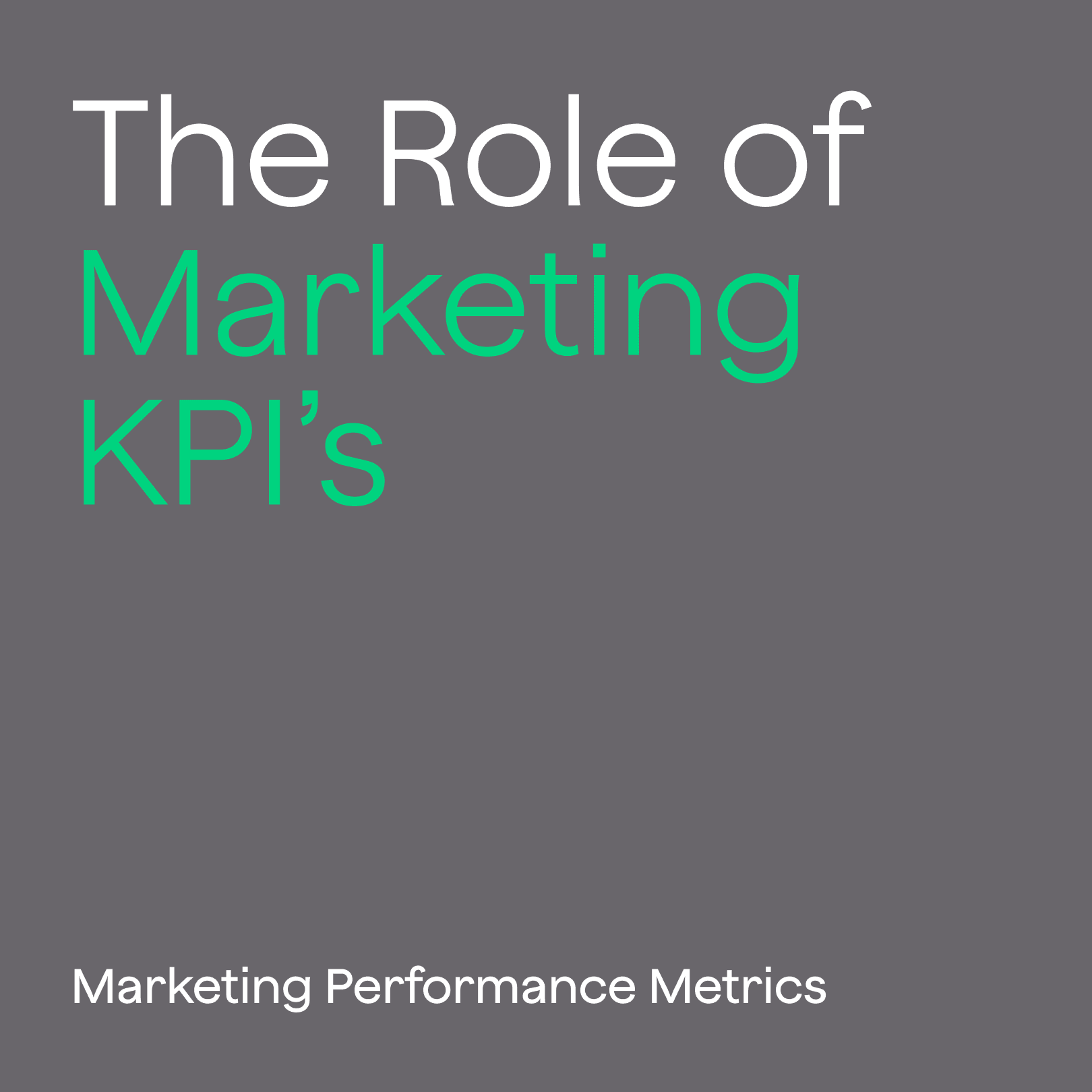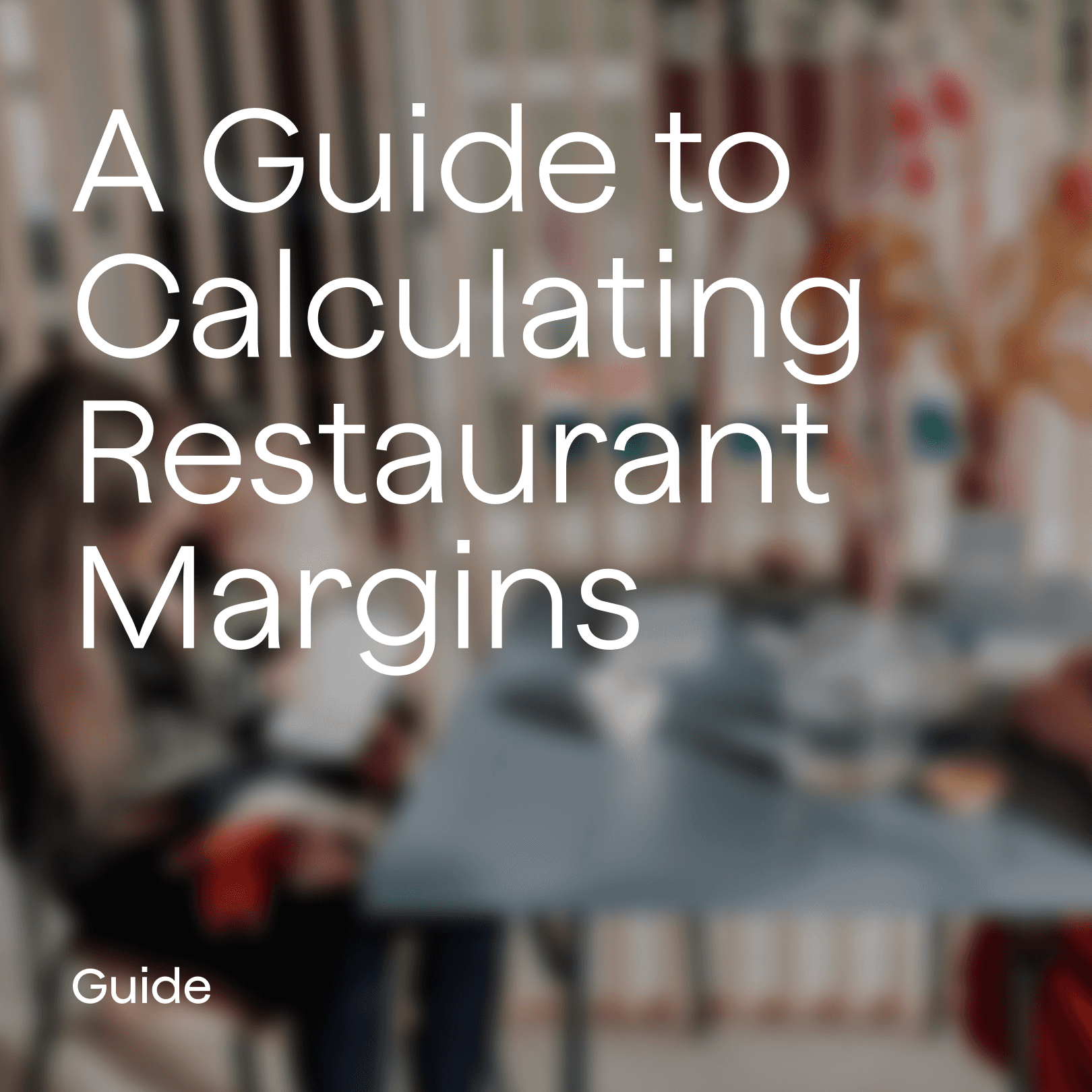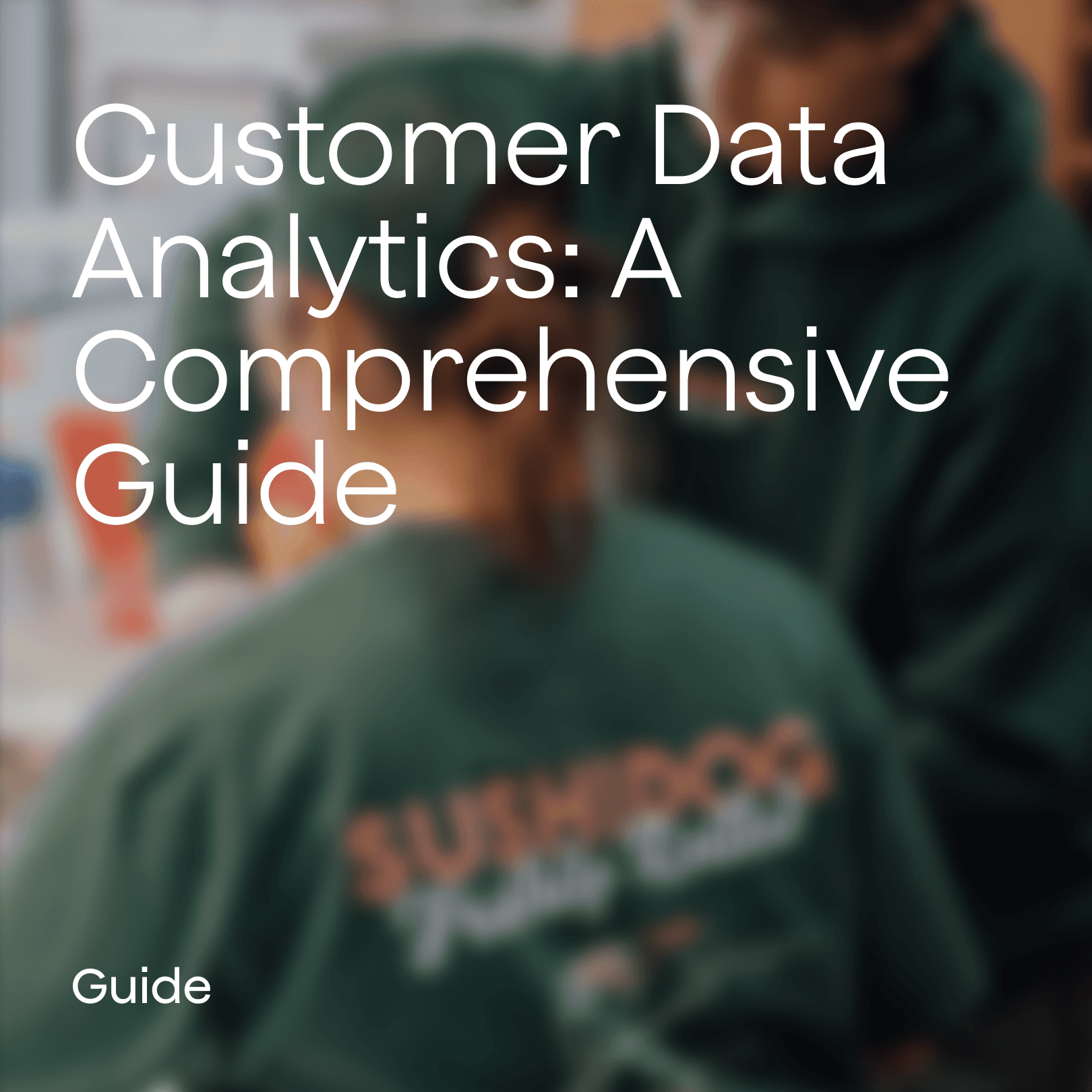Explore the importance of marketing KPIs. Learn how to track performance, align efforts with goals, and drive continuous improvement in your marketing strategy.
July 1, 2024
– 11 minute read
Marketing Performance Metrics: The Role of Marketing KPIs
In marketing, tracking performance is the key to staying ahead. Whether it's understanding the success of a social media campaign or ensuring brand loyalty through transparency, metrics and KPIs (Key Performance Indicators) serve as the compass guiding us. In this article, we'll dive into the fundamentals of KPIs and why they're so vital in marketing. Let's get started!
What is a Performance Metric or KPI?
Defining the Term
At its core, a KPI is a measurable value that showcases how effectively a company achieves its business objectives. Think of KPIs as the pulse of a company's operations, especially in departments like marketing. They offer a quantifiable measure to gauge performance against specific targets.
KPIs vs. Regular Metrics
While the terms 'KPI' and 'metric' might seem synonymous, there's a subtle difference. All KPIs are metrics, but not all metrics are KPIs. KPIs represent the most critical metrics—the ones directly tied to business goals. For instance, while "likes" on a social media post might be a metric, the conversion rate from that post represents a more vital KPI.
Categories of KPIs
KPIs can be broadly categorized into two:
Quantitative KPIs: These are numbers-based, like 'Website Traffic' or 'Sales Volume'.
Qualitative KPIs: These are descriptive and often based on opinions, like 'Brand Reputation' or 'Employee Satisfaction'.
The categorization helps businesses recognize the type of data they're working with and apply the best strategies for analysis.
The Importance of KPIs in Marketing
Aligning Efforts with Business Goals
In an era where brands prioritize transparency in their social campaigns and customers value detailed information about products and services, KPIs ensure that marketing efforts align with larger business objectives. By monitoring these indicators, marketers can ensure they're focusing on tasks that drive growth and profitability.
Building Trust and Loyalty
Trust isn't just built on brand transparency; it also stems from consistency in delivering promised value. KPIs help marketers recognize patterns. For instance, if a new product is not generating the expected number of sales qualified leads, it's time to revisit the marketing strategy. Keeping an eye on these metrics ensures that businesses remain transparent, and customers can trust them to deliver.
Mitigating Risks
In the business realm, making uninformed decisions can lead to undesirable outcomes, such as decreased brand loyalty or even data breaches. Through consistent monitoring of KPIs, businesses can identify potential problems early on and mitigate risks.
Demonstrating ROI
For stakeholders, both internal and external, understanding the ROI of marketing campaigns is essential. KPIs offer concrete data that showcases the effectiveness of strategies, ensuring stakeholders of the value derived from marketing efforts.
Driving Continuous Improvement
In the dynamic world of marketing, stagnation can be detrimental. KPIs serve as the checkpoints, nudging businesses to revisit, reassess, and refine their strategies, ensuring they're always delivering the best to their audience.
To succeed in the marketing landscape, having a clear understanding of KPIs is indispensable. They serve as the North Star, guiding efforts and ensuring every action aligns with broader business objectives. In our next sections, we'll delve deeper into specific marketing metrics and how businesses can harness them for optimal performance. Stay tuned!
21 Marketing Metrics to Keep Track of Performance
In the intricate dance of digital marketing, understanding metrics is paramount. Without it, you're essentially maneuvering blindfolded. Fortunately, a plethora of metrics can guide a brand toward success. Here, we spotlight the first five to provide clarity on their significance and offer insights on optimization.
1. Marketing Qualified Leads (MQLs)
MQLs represent the prospects that are more inclined towards your product or service than other leads. Think of them as individuals who've shown an inkling of interest, interacting with your brand in ways that suggest they're potential customers. Yet, they aren't quite ready for the sales spotlight.
To elevate the number of your MQLs, the key lies in delivering targeted content. Address the unique needs and pain points of your intended audience. As you do this, consider A/B testing various content forms - from webinars to e-books.
A lead scoring system, weighing leads based on their activities, can also be instrumental. And, of course, compelling Calls to Action are the linchpins. They serve as the nudge, encouraging website visitors to take those vital steps towards engagement.
2. Sales Qualified Leads (SQLs)
SQLs are the next step up from MQLs. These leads aren’t just flirting with the idea of purchasing; they're primed and ready for a direct sales approach. Essentially, they've traversed the valley of interest and are now at the cusp of making a purchase.
Boosting SQLs requires a seamless collaboration between your marketing and sales departments. As MQLs exhibit greater interest, quick follow-ups become essential. And while they're still in the MQL phase, nurturing through personalized email drip campaigns can be a game-changer, smoothing their transition to SQLs.
3. Conversion Rate
Arguably one of the most flaunted metrics, the conversion rate is a testament to a campaign's effectiveness. It's a snapshot, highlighting the percentage of visitors who've been swayed to take the desired action - this could be anything from signing up for newsletters to making an outright purchase.
Uplifting your conversion rate intertwines with optimizing your landing pages. These pages should resonate with visitor intent, ensuring clarity and appeal. Given the surge in mobile users, mobile-optimization isn't just a luxury but a necessity. And a sprinkle of trust can seal the deal. Incorporate testimonials and trust badges - they serve as silent validators, reinforcing the visitor's decision to engage.
4. Cost per Lead (CPL)
When it boils down to finances, CPL is the metric to watch. It's an indication of the expenditure incurred to rope in each lead, shedding light on the financial acumen of your marketing endeavors.
Reducing CPL isn't about cutting corners. It's about smart strategies. For instance, targeted advertising, especially with platforms like Facebook’s lookalike audiences, can offer more bang for your buck.
Referral programs, tapping into the advocacy of existing customers, can bring in leads at a fraction of the cost. And never underestimate the power of A/B testing. Constantly tweaking and refining your ad copies and Calls to Action can whittle down costs while amplifying lead acquisition.
5. Return on Ad Spend (ROAS)
A testament to the effectiveness of your ad campaigns, ROAS quantifies the revenue raked in for every dollar sprinkled on advertising. It’s the beacon guiding brands, ensuring advertising endeavors aren't just burning cash but igniting profits.
Optimizing ROAS pivots on understanding ad placement and timing. Dive into analytics. Perhaps your target demographic is most active during weekends or evenings. Retargeting campaigns are another treasure trove. These campaigns echo familiarity, reaching out to individuals who’ve engaged with your brand previously.
And then there’s segmentation. Bucket your audience. Segment them based on varied parameters - from behaviors to interests, and craft tailored ads. This not only bolsters engagement but often ensures a higher return on every advertising dollar spent.
6. Return on Marketing Investment (ROMI)
ROMI is the magnifying glass that zeros in on the effectiveness of your marketing strategies. It answers a critical question: for every dollar spent on marketing, how much revenue did you gain? Unlike ROAS, which focuses solely on advertising, ROMI encompasses the entire marketing gambit.
To boost ROMI, start by aligning your marketing strategies with high-value customer segments. This means understanding your customer personas deeply and tailoring content to their specific needs. Implementing attribution models can also be invaluable. By determining which touchpoints contribute most to revenue generation, resources can be allocated more efficiently.
7. Customer Acquisition Cost (CAC)
Every new customer has a price - that's your CAC. This metric elucidates the average expense borne to acquire a new customer, enveloping everything from marketing, sales costs to other associated overheads.
Reducing CAC often lies in refining lead nurturing processes. Automated email sequences, retargeting campaigns, and refining the sales funnel can considerably diminish acquisition costs. Furthermore, word-of-mouth and referral programs can attract new customers at a substantially lower expense, reducing CAC.
8. Click Through Rate (CTR)
CTR mirrors the allure of your digital ads and emails. It's the percentage of individuals who clicked on an ad or link out of the total who viewed it. High CTR often signals captivating content, while a slump might hint at disconnect or audience fatigue.
To elevate CTR, ensure your headlines and meta descriptions are compelling. A/B test variations to determine what resonates most with your audience. Use high-quality images and ensure your ads are shown to a targeted audience. For emails, personalization and segmentation can work wonders, making recipients feel the content is tailored just for them.
9. Engagement Rate
In the realm of social media, engagement rate reigns supreme. It's the percentage of users who interact with your content compared to the total number who saw it. Likes, shares, comments, and other forms of interaction feed into this metric, making it a barometer for content relevance and appeal.
Boosting engagement often dances around crafting relatable content. Visuals, especially videos, tend to garner higher engagement. Polls, Q&A sessions, or user-generated content campaigns can also spike interactions. Listen to your audience, understand their preferences, and iterate your content strategy based on feedback. Brands that prioritize transparency in their social strategies often find audiences stick with them, even during crises, leading to sustained engagement.
10. Net Promoter Score (NPS)
NPS serves as a barometer of customer satisfaction and loyalty. By asking customers a single question — "On a scale of 0-10, how likely are you to recommend our product/service to a friend or colleague?" — businesses can get a gauge on their performance. Customers are then categorized as Detractors (0-6), Passives (7-8), or Promoters (9-10).
Boosting NPS starts with soliciting feedback, especially from Detractors. This feedback can be a goldmine of insights, shedding light on areas ripe for improvement. Beyond product enhancements, ensuring top-notch customer service and seamless user experiences can sway Passives into becoming Promoters. Remember, loyal customers often result from businesses that prioritize transparency and show they genuinely care.
11. Retention Rate
Retention rate measures the percentage of customers you manage to retain over a specific timeframe, emphasizing the effectiveness of post-purchase marketing activities and overall customer satisfaction.
The key to a high retention rate lies in fostering trust and loyalty. Regularly updating products or services, offering loyalty programs, and providing exceptional after-sales service can reinforce customer commitment. Moreover, engaging with customers on social media and seeking their feedback can show them their voice matters, strengthening brand loyalty.
12. Brand Awareness
Brand awareness reflects the extent to which consumers are familiar with your brand's qualities or image. While difficult to quantify, surveys, and social media mentions can give an idea of how well-recognized your brand is.
Amplify brand awareness by orchestrating campaigns that resonate with core values. Storytelling, especially ones rooted in corporate social responsibility, can foster deeper connections. Collaborating with influencers or thought leaders in your domain can also give brand visibility a significant boost. The idea is to be present consistently, wherever your potential customers spend time.
13. Impressions
Impressions denote the number of times your content or ad is displayed, regardless of whether it was clicked. While they don't measure engagement, they're a telling indicator of visibility and reach.
To heighten the number of impressions, targeted advertising can be crucial. Platforms like Google Ads or Facebook's Ad Manager allow precision targeting. Also, regularly updating content based on trending topics or using widely-searched keywords can increase the chances of your content being viewed more frequently.
14. Organic Search Traffic
This metric provides insight into the number of visitors landing on your site via unpaid search results. It's a testament to the effectiveness of your SEO strategies and the quality of content.
Elevating organic search traffic is often a marathon, not a sprint. Regularly update content, ensuring it's valuable and aligns with what your audience seeks. Backlinking strategies can also bolster domain authority. Aim to get links from reputable sites in your industry. And never underestimate the power of keyword research; understanding and integrating terms your audience frequently searches can usher in a surge in organic traffic.
15. Search Impression Share
Search Impression Share represents the percentage of impressions your ads receive compared to the total number they could get. If your ad appeared 75 times out of a possible 100 views, your impression share would be 75%.
To improve your impression share, consider increasing your advertising budget or tweaking your bid strategy. If you're being outbid frequently, a more aggressive bid might secure better placement. Moreover, refining your keyword list can help—focusing on those that perform well and pausing low-performing ones can ensure your ads show up for more relevant searches.
16. Customer Lifetime Value (CLTV)
CLTV estimates the total revenue a business can expect from a single customer account. It considers a customer's revenue value and compares that to the company's predicted customer lifespan. Businesses that know their CLTV can efficiently allocate their marketing resources.
Enhancing CLTV often means nurturing the post-purchase relationship. Regularly introduce customers to complementary products or services, fostering repeat purchases. Also, personalized marketing, loyalty programs, or exclusive offers can enhance the sense of value a customer derives from your brand, prompting further spending.
17. Unique Visitors/Followers
This metric tracks individuals who visit your site or social media profiles. Unlike "pageviews" or "impressions," which could count one user multiple times, unique visitors or followers count each once, offering a clearer picture of your reach.
Attracting more unique visitors often ties back to content. Regularly publishing quality, relevant content—whether blogs, videos, or social media posts—can draw in a broader audience. Engage with users in the comments, host live Q&A sessions, or even collaborate with popular figures in your industry to expand reach.
18. Email Subscribers
An essential metric for measuring the growth and effectiveness of email marketing efforts. The number of subscribers indicates the potential reach of your email campaigns.
Bolstering your email list isn't about sheer volume—it's about quality. Use lead magnets, like eBooks or exclusive deals, to entice genuine interest. Also, make sure your sign-up process is seamless. Regularly prune your list, removing unengaged subscribers, to improve open rates and maintain a high-quality audience.
19. Bounce Rate
Bounce rate represents the percentage of visitors who navigate away from your site after viewing only one page. It can be an indicator of either irrelevant traffic, poor user experience, or unconvincing landing page content.
A high bounce rate often signals a disconnect between what users expect and what they encounter. Ensure your landing pages are relevant to the keywords or ads directing traffic. Optimize page load times, make navigation intuitive, and ensure your content compellingly addresses user intent.
20. Quality Inbound Links
Quality inbound links, or backlinks, are links to your website from external, authoritative sources. They are foundational for SEO, as they signify trust and the value of your content.
Create high-quality, shareable content that others will naturally want to link to. Collaborate with reputable industry websites or blogs for guest posting. Use tools like Moz or SEMrush to analyze your backlinks and weed out any low-quality or spammy links. Building relationships within your niche can also open up opportunities for more quality links.
21. Website Health & Authority
Website health considers the technical performance of your site, such as site speed, mobile optimization, and error-free coding. Authority is gauged by the quality of content and the number of reputable sites linking back to you.
Regularly audit your site for technical glitches using tools like Google's Webmaster Tools. Improving site speed, ensuring mobile-friendliness, and fixing broken links are critical for website health. For authority, besides garnering quality backlinks, consistently updating your site with original, expert-level content will bolster its standing in your industry.
Conclusion
By honing in on the right metrics, businesses can efficiently allocate resources, fine-tune strategies, and ensure their marketing efforts aren't just making noise, but making a tangible difference. The path to success in modern marketing is paved with data-driven decisions, and these metrics are the signposts that guide the way.



